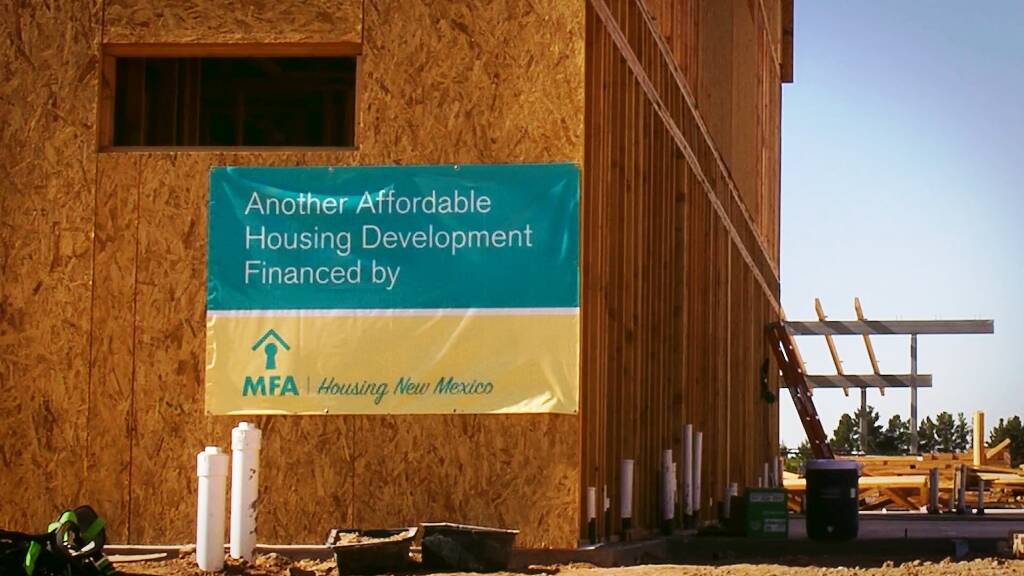The History of MFA

In 1997, Housing New Mexico took over all of the state’s housing programs, including the Low Income Housing Tax Credit Program. Housing New Mexico also became the primary recipient of federal HOME. Having the LIHTC program and HOME funding allowed Housing New Mexic to finance millions of dollars in housing construction and rehabilitation projects every year. Housing New Mexico was also now responsible for homelessness prevention and assistance programs, weatherization, special-needs housing and rental assistance programs.
In 1997, then Housing New Mexico Executive Director Jim Stretz and the board of directors saw an opportunity for Housing New Mexico to expand its scope of work by increasing the amount of federal funding coming into the organization. Stretz worked with Sen. Joseph Fidel of Grants and Sen. Ben Altamirano of Silver City to request a transfer of the Low Income Housing Tax Credits program and HOME funding from the state's housing department to Housing New Mexico during the 1997 legislative session. The legislation passed, but, inexplicably, Gov. Gary Johnson then line-item vetoed the transfer.
Within a few days of the veto, Housing New Mexico board president Jon Word and Housing New Mexico's legal counsel, Bruce Wiggins, arranged a meeting among themselves, Stretz and the governor. The three explained to Gov. Johnson how transferring the programs to Housing New Mexico would save the state money and streamline the process of creating and preserving affordable housing.
Their pitch must have been amazing, because not only did Gov. Johnson reverse his veto, he made the decision to transfer all of the state’s housing programs to Housing New Mexico . The new programs made Housing New Mexico responsible for homelessness prevention and assistance, housing special populations, rental assistance and energy efficiency upgrades as well as the originally requested tax credits.
By July 1, 1997 – less than four months after Gov. Johnson signed an executive order making Housing New Mexico the state’s housing finance authority – Housing New Mexico had successfully incorporated all of the new programs while keeping its regular operations going. Records show that more than $1 million in administrative costs were saved in the first year alone.
